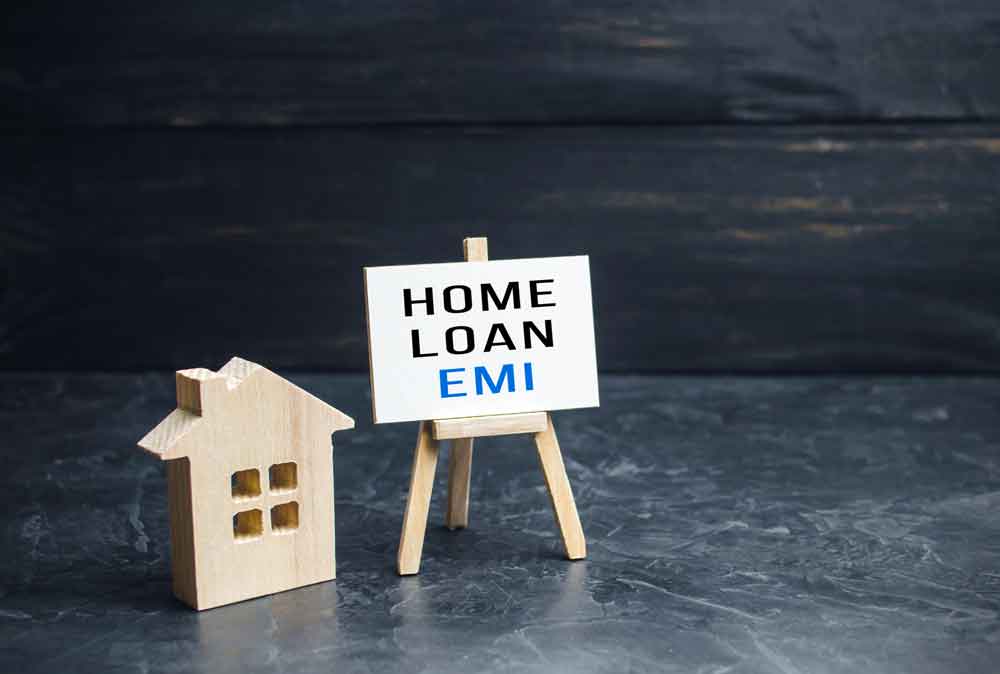In 2019, just before the world was upended by the pandemic, Anjali and Abhay, both finance professionals, were on the cusp of realising their dream of buying a home. They had narrowed down their options, finalised the loan amount, and even decided how much they were prepared to pay upfront.
However, as the pandemic struck, uncertainty loomed large. With the world coming to a standstill, they found themselves grappling with questions about when normalcy would return and how soon they could take possession of the property. This uncertainty extended to their finances and the potential delay in moving into their new home.
’We were unsure about the construction timeline and financial stability during the pandemic,’ recalls Anjali, a Company Secretary. ’This made us rethink our approach.’

Faced with these challenges, Abhay, a Chartered Accountant, and Anjali, decided to prioritise financial flexibility. They chose the Pre-EMI repayment option, recognising that it provided better short-term cash flow management. ’In uncertain times, managing liquidity becomes crucial. Pre-EMI allowed us to handle our financial commitments without overburdening ourselves,’ explains Abhay.
This decision gave them the breathing room they needed during an unpredictable period, ensuring that their long-term financial stability remained intact.

Understanding Pre-EMI And Full EMI Repayment
Pre-EMI Repayment
Pre-EMI is an option for properties still under construction. Borrowers only pay the interest on the disbursed loan amount during the construction phase. Principal repayment begins once the property is ready for possession. Pre-EMI payments are typically lower than Full EMI, making it an attractive choice for borrowers looking to manage their immediate cash flow.
Full EMI Repayment
Full EMI involves paying both the interest and principal components of the Home Loan from the outset. It is ideal for properties ready for possession, with the EMI amount remaining constant throughout the loan tenure. While this option requires higher initial payments, it reduces the total interest burden over time.

Comparing Pre-EMI And Full EMI Repayment Options
1. Initial EMI Amount
• Pre-EMI: Offers lower initial payments as it only covers interest.
• Full EMI: Requires higher initial payments as it includes both interest and principal.
2. Total Interest Paid
• Pre-EMI: Can lead to higher total interest costs since principal repayment is delayed.
• Full EMI: Reduces the overall interest burden by starting principal repayments immediately.
3. Loan Tenure
• Pre-EMI: May result in a longer loan tenure due to delayed principal repayments.
• Full EMI: Shortens the loan tenure by repaying both components from the beginning.
4. Cash Flow
• Pre-EMI: Provides better short-term liquidity, making it ideal for borrowers managing finances during the construction phase.
• Full EMI: Puts greater pressure on initial cash flow but accelerates loan repayment.
5. Total Cost of the Property
• Pre-EMI: Often increases the total cost due to extended interest payments.
• Full EMI: Can reduce the overall cost by minimising interest.
6. Tax Benefits
• Pre-EMI: Tax benefits are limited to the interest component during construction, under Section 24(b) of the Income Tax Act.
• Full EMI: Allows tax benefits on both principal and interest payments, making it more tax-efficient.
7. Risk Factors
• Pre-EMI: Construction delays can extend the payment period, increasing costs.
• Full EMI: Mitigates risks related to delays, as both components are repaid from the start.
